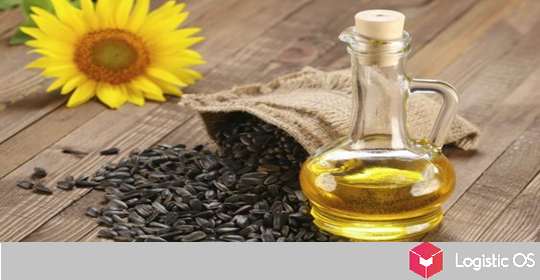Literally 20 years ago, Russia was an importer of wheat, and now it is a country that practically dictates the conditions in this market.
The United States recognized this as a real breakthrough: a good harvest, the ability to control prices and investments in high-tech production allowed our country to shake the positions of Europe and America in the grain market.
In fact, the United States started having problems back in 2016, when its market share dropped to its lowest levels in the last 10 years.
The US Department of Agriculture then calculated that the share of Russia in the market is 22%, the European Union — 14%, and the US only 13%.
The massive bankruptcies of farmers in America, which, of course, Moscow was accused of, were in fact the result of a trade war unleashed by the United States: import duties on Chinese wheat rose to 25%.
And the oversupply in world markets pushed the price down by about half of its 2012 peak.
Against this background, Russia continued to actively develop its agriculture.
The pandemic, the fall of the ruble, and export quotas affected it in different ways, but 44.4 million tons of grain were exported.
Russian expansion in the grain market continues, no matter what.
According to the forecasts of the UN Food and Agriculture Organization, the grain market will grow by another 96 million tons by 2029, to 517 million tons.
And for at least 10 years Russia will retain its leadership.
Sales markets for Russian grain are growing: we are already exporting it to 100 countries, and Algeria will start purchasing from the next tender.
Along with Saudi Arabia, which also began trading with Russia, the country has lowered its grain quality requirements.
The start of trade with Algeria is a blow to the French economy, for which Algeria is the largest buyer.

Against the background of low prices, over the past 10 years, Russia has managed to win a large market share from the EU and the United States and become the main exporter for Egypt, having concluded this year contracts for the supply of wheat for 80% of tenders.
Fertile land, high quality grain, new equipment and modern fertilizers have become the main ingredients for success.
Russia continues to increase the area under wheat from 28.8 to 29.4 million hectares — this news immediately brought down the price of American grain.
Of course, we will not be left without competition: a good harvest is expected in Canada and Australia.
But in the long term, due to changes in climatic conditions, analysts predict a reduction in acreage in the USA, Canada and Australia. At the same time, Russia, on the contrary, will be able to increase their number by another 57 million hectares.
And the falling ruble against the dollar for 5 years has made Russian wheat even more attractive.

